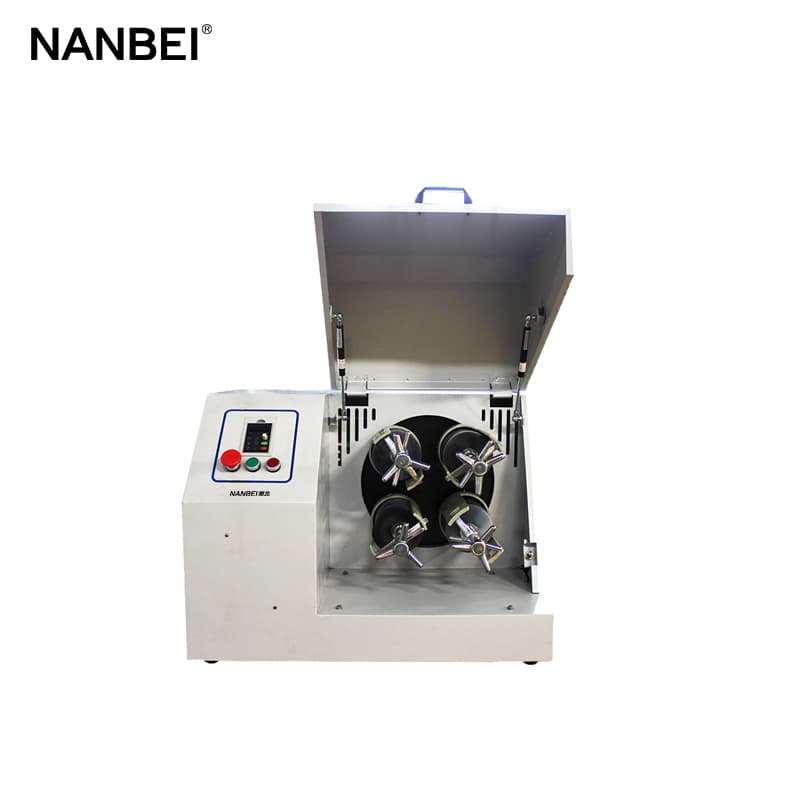
 Aug 29,2023
Aug 29,2023
When the planetary ball mill is used in the laboratory to grind some fine powder samples or highly viscous materials,"sinking" and "sticking" of samples often occurs. A great amount of sample sticks to the bottom and inner wall of ball mill jar, inside of jar lid and grinding balls, and the covered samples cannot be finely ground, which reduces the sample output. What is the reason for this?
The reason why the sample sinks to the bottom and sticks to the jar
1. Movement mode of planetary lab ball mill
Conventional planetary ball mills can only operate in the horizontal direction. Due to the influence of sample gravity, the sample at the bottom of the ball mill jar will be covered by the upper sample, making it impossible to be ground.
2. The sample to be ground has a strong viscosity
Some sample materials are highly viscous and will stick to the jar wall. In addition, they will hinder the movement of the grinding ball, reducing the impact force and friction force, which is not conducive to removing the sample stuck to the jar wall.
3. The sample undergoes a chemical reaction
Under strong ball milling, some metals and alloy materials will undergo chemical reaction or "cold welding" under vacuum, thus attaching to the inside of the jar wall.
4. The wrong grinding aid is selected for wet milling
Wet milling requires the grinding aid, but adding a grinding aid that reacts with the sample or the mill jar tends to cause the sample to clump together.
5. Unreasonable selection of grinding balls
The planetary ball mill machine completes the grinding of the sample through the impact, extrusion and friction of the grinding balls. When selecting the grinding balls, the density of the grinding balls should be different from that of the samples, so that the speed can be formed during the movement.


 2020-Oct-29
2020-Oct-29

 2020-Oct-29
2020-Oct-29
